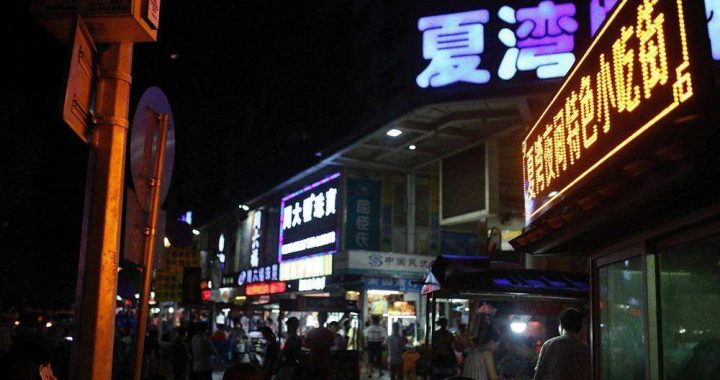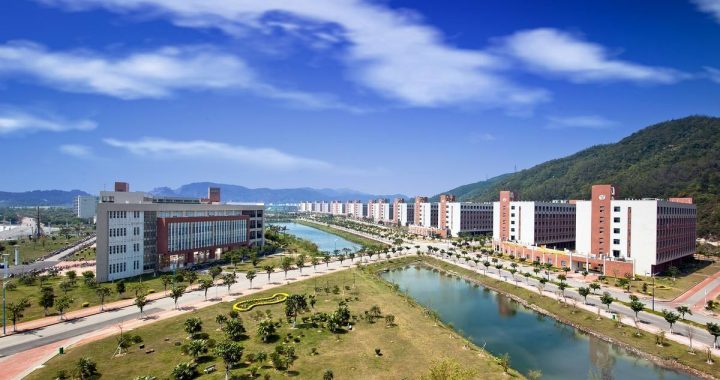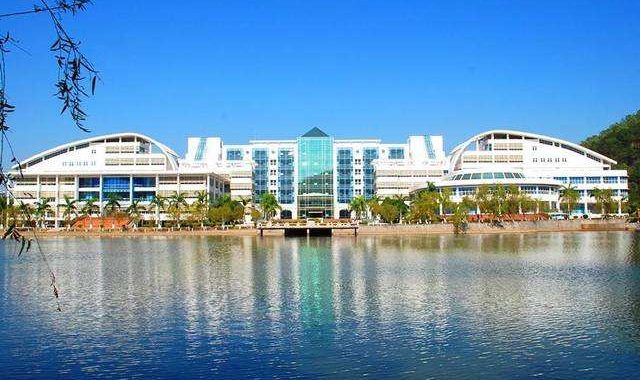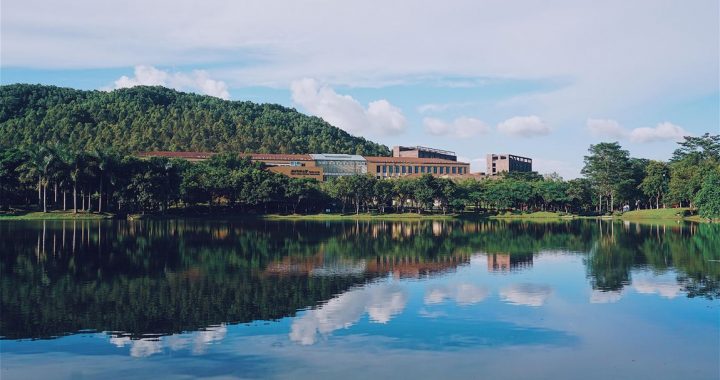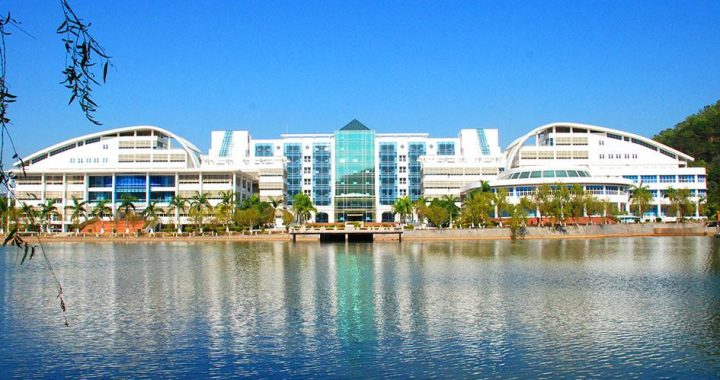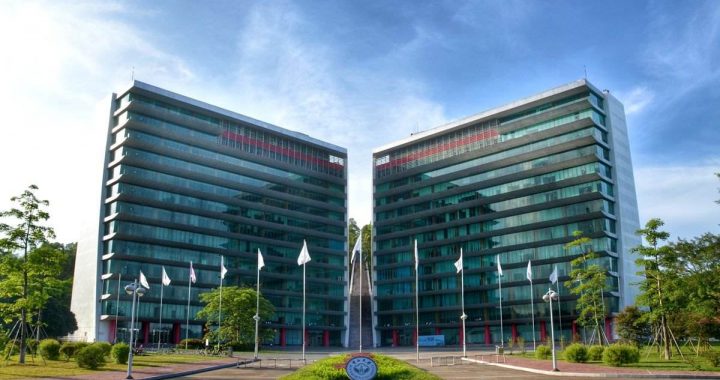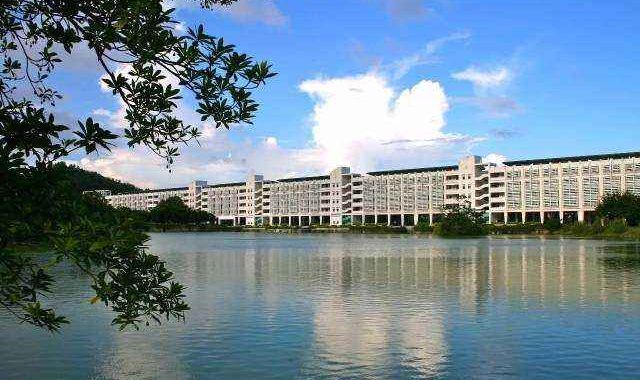Huitong Village
4 min readHuitong Village

uring the Yongzheng reign of the Qing Dynasty, at the end of the 18th and beginning of 19th centuries, an affable country gentleman named Mok Yue-king(Mo Yujing), settled down with a close circle of friends in an attractive but previously unoccupied part of present-day Zhuhai that came to be known as “Huitong Village”.
Being the very first to appreciate and devote themselves to this “land of promise”, the village’s’ first three families, named Mok, Bao and Ouyang, thrived and continued as the leading influence.

Being a sincere and selfless community leader, Mok Yue-king continued to receive the respect and trust of the villagers, attracting more people to settle there as word spread. Ancestral homes were built, and the Mok family grew to be the biggest and most powerful clan in the village that was later named after Mok Yue-king’s other “literary” name-“Huitong”. The Mok family flourished famously over time, culminating in its “Taikoo era”, a glorious period of 61 years in which three generations of men in the Mok lineage achieved stellar careers at Taikoo Sugar Refinery, the largest operation in Hong Kong, which was run by the Swire Group, a London-headquartered conglomerate with enormous resources. In the space of one century, almost 1,000 members of the Mok clan worked with Taikoo. Some sources claim that the influence of the single family was so great, in fact, that it led at last to a shake-up and the resignation of Mok Kon-sang(1882-1958) in 1931.

Thanks to the extensively connected and well-informed Mok family, and its community spirit, the villagers here were the first in Guangdong Province to enjoy the modern luxury of electricity, tap water and motion pictures. Indeed, the accepted view among historians is that this village was the first one in China to reach modernity at a time when the rest of China was struggling to catch up.
Over the course of some 200 years the settlement of Huitong thrived and developed into a typically Lingnan-style residential hive, with this supportive environment becoming home to a host of business dignitaries and esteemed officials. These days there aren’t many dignitaries around-there aren’t many people around-but those who do still call Huitong their home are members of a lucky bunch in many ways.

Despite its proven history of notable glory and two bustling modern university campuses just stone’s’ throw away, the village today is largely untouched by the constantly modernizing world around it and spared stampeding shoppers and tourists. It feels like it has been simply left to its own devices, as an island in time; the quiet lanes and withering facades only serve to compound this sense of genuine antiquity.
The beauty of this quiet settlement is a raw kind-honest and straightforward, but all the better for it. Separated from the outside by rammed-earth walls, the village features a chessboard-type layout that draws on the principles of Western village design. The most striking buildings in this blessed settlement include two western-style watchtowers: the one in the north bearing the inscription, “Rising Wind”,and the other in the south, “Flying Clouds”. The stunningly well-preserved ancestral temples of the Mok clan are lined up imposingly in the most prominent part of the village. Behind the temples are more than 40 residential buildings with artful flourishes filling every corner and bringing elegance to the overall design and impression given to passersby.

Cool, dark, and quiet, with an abundance of whispers from the past to keep you company, one need not be inclined to melancholia to appreciate the coffee house in the romantically tragic Qixia Xianguan residence. With languorous walkways leading through sleepy courtyards, a visitor may be quite content wandering past lush Longan trees, examining the beautiful tile work below or architecture above, both difficult to categorize owing to the diverse styles the creators drew from. If you crave human company or mental stimulation, however, you can find a bustling scene in the cafes and restaurants neatly situated in the village’s many old residences or drop in to the Readzone Bookstore set in one of the village’s ancestral temples that were built by the Mok family. Leaving the village, walking across unusually luxurious lawns and past one of the distinctive watchtowers, one might have the feeling of awakening from a dream had long ago The most striking buildings in this blessed settlement include two western-style watchtowers: the one in the north bearing the inscription, “Rising Wind”, and the other in the south, “Flying Clouds”.

